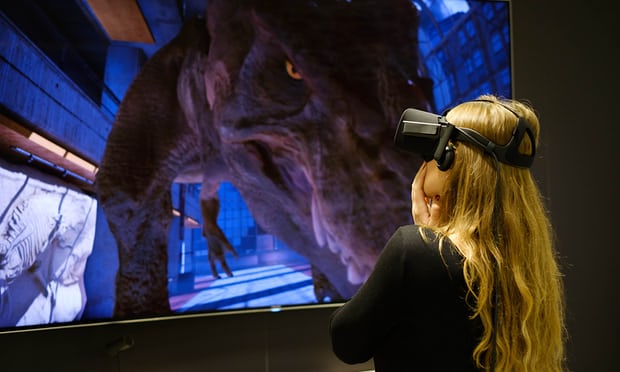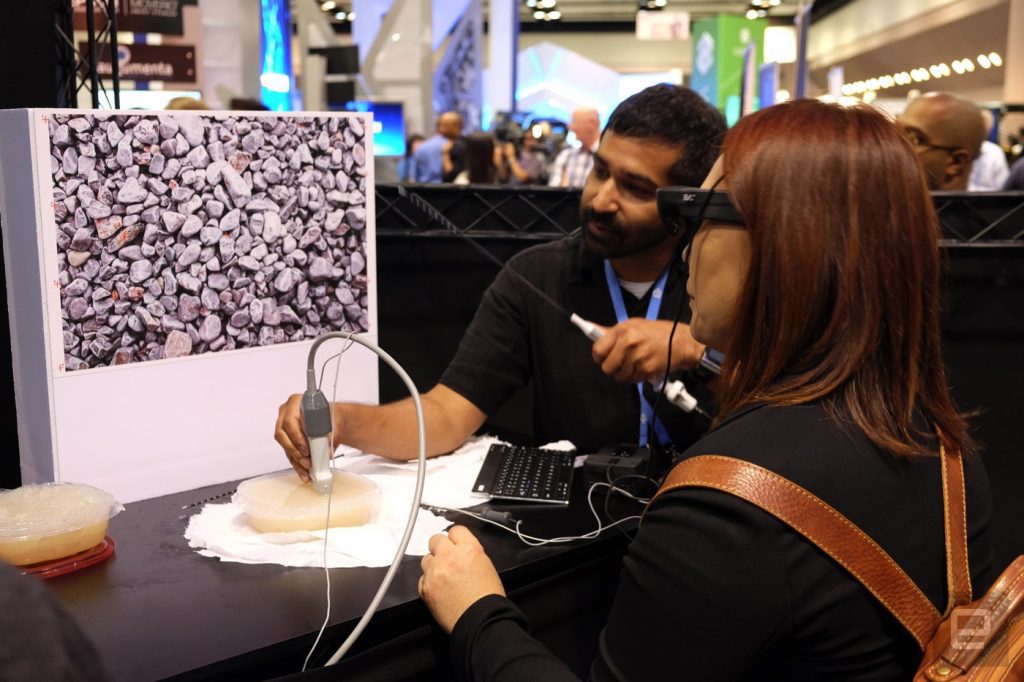
Not many people are strangers to the term AR or VR, but there are more than a few out there who don’t properly understand what they are and what uses the serve. And if they do, it’s common to only think of them as applying in a gaming format. But AR and VR are very quickly becoming integrated in everyday life without you even realizing it, and it looks like it’s only going to become more so.
Here are some of the potential benefits of AR and VR:
- More immersive experiences: AR and VR can create more immersive experiences than traditional media, such as video games and movies. This can make them more engaging and educational, and they can also be used to create new forms of entertainment.
- More personalized experiences: AR and VR can be used to create personalized experiences that are tailored to the individual user’s needs and interests. This can make them more relevant and engaging, and it can also help to improve learning outcomes.
- More accessible experiences: AR and VR can make experiences more accessible to people who are unable to participate in traditional activities, such as people with disabilities or people who live in rural areas.
Here are some of the potential challenges of AR and VR:
- Cost: AR and VR hardware can be expensive, which can limit their accessibility.
- Motion sickness: Some people experience motion sickness when using AR and VR, which can make them uncomfortable or even nauseated.
- Privacy: AR and VR can collect a lot of data about users, which raises privacy concerns.
Overall, AR and VR are two exciting technologies with the potential to revolutionize the way we interact with the world around us. However, there are also some potential challenges that need to be addressed before these technologies can be widely adopted.
If we go back a decade or so, the big thing happening was the use of a 3D TV in the home, and a big revival of 3D in cinemas. AR and VR are a natural progression from this, and both have already had much more continued success in further developments than 3D filming has.
So what is AR and VR?

The complete guide to virtual reality – everything you need to get started
AR stands for Augmented Reality. A great example of what AR is, would be the hit smartphone game, Pokemon Go! and it’s completely correct. Augmented reality is the application of a virtual simulation over the top of real life – so having Weedle sitting on top of someone’s head. It is also used by Snapchat and Facebook with facial recognition and movement activated filters. Those glittery flowers, the dog ears, and all the seasonal filters that get released are a basic augmented reality feature.
VR, on the other hand, stands for Virtual Reality, which is a complete immersion into a virtual world. We’ve all seen the videos of people reacting to VR headsets, and all the difficulty developers had, and are still having, with vertigo in users. The early models released to the public were huge things that worked on a very basic level, with a few low level games and a slow interface. Now, more and more games – almost reminiscent of original Wii games – are being released, the graphics are much better and are on the same level of a lot of game consoles. However developers happily say that there is much more that can be done with VR to make the user experience even better, see our other posts where we go into more depth on the use of VR headsets and their further development.
Augmenting Reality Already

Augmented reality hardware is still way ahead of its software
We have already seen augmented reality becoming integrated with social media on a high level, but it also has links to business and the place technology has in making them succeed. Niantic, the creators of Pokemon Go have seen a huge boost in revenue from that one game, and the success following the game has transferred through to their other games. Plus, augmented reality is being developed into a form of hardware that allows you to virtually ask for advice and collaboration. The idea is that it feel the same as calling over your colleague to ask for the same interaction. Right now this technology is limited, but if this development continues, there is the possibility of using the infinite logical possibilities of a comtutor combined with the creative thoughts of a person, to develop projects and products in a completely new way.
VR also offers the prospect of real time collaborations between people on different sides of the world. The interactive aspect of the VR allows you to meet and interact with another VR user, if this can be developed to incorporate projects and design within the virtual world, it could open up so many doors for businesses world wide.




